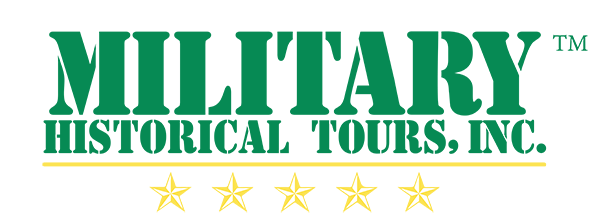Blog 03/21/2022 - For Want of a Horse, the MiG-29s Were Lost?
UPDATE #2 TO BELOW BLOG – AUGUST 2024:
Sunday Ukrainian President Volodymyr Zelensky hailed the arrival of US-made General Dynamics F-16 Fighting Falcon Fighter Jets as a “new chapter” for his Air Force, which will begin using them against Russia aircraft for the first time. Although the arrival of the F-16s will significantly boost Kyiv’s military capabilities, some NATO leaders also fear they will not be enough to turn the tides of war in Ukraine. “It’s an important addition,” said Norwegian Minister of Foreign Affairs Espen Barth Eide. “It’s not in itself changing the war.”
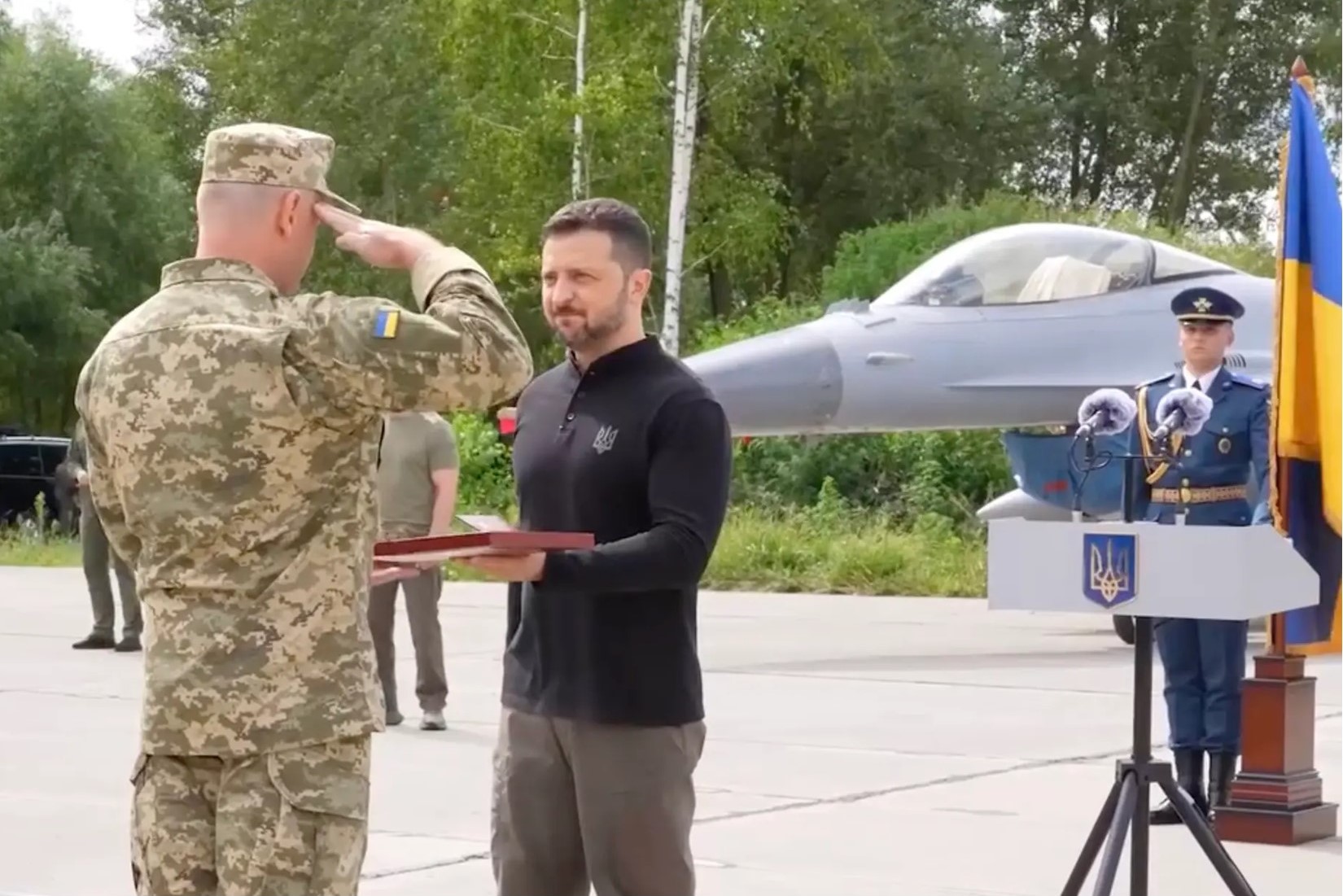
Confirming the jets’ arrival in a ceremony Sunday morning, Zelensky thanked the US, Denmark & The Netherlands after the NATO allies delivered the warplanes for a much-needed boost to Ukraine’s aerial defense system. “F-16s in Ukraine…we did it,” Zelensky touted in front of the warplanes that he has been requesting for months. “I am proud of our guys who are mastering these jets and have already started using them for our country,” he said. “Now is a new chapter in the Ukrainian Air Force.”
The F-16s are a significant improvement from the Soviet-era jets that Kyiv has relied on in fighting the Russian invasion, with the new aircraft equipped with a 20mm cannon & capable of deploying more advanced bombs, rockets & missiles. Ukraine’s current jets are obsolete & number far too few, Zelensky has said. The first delivery of the F-16 jets, equipped with advanced weapon systems, reached Ukraine last week, much to the relief of Ukraine’s beleaguered & battle-worn soldiers & airmen.
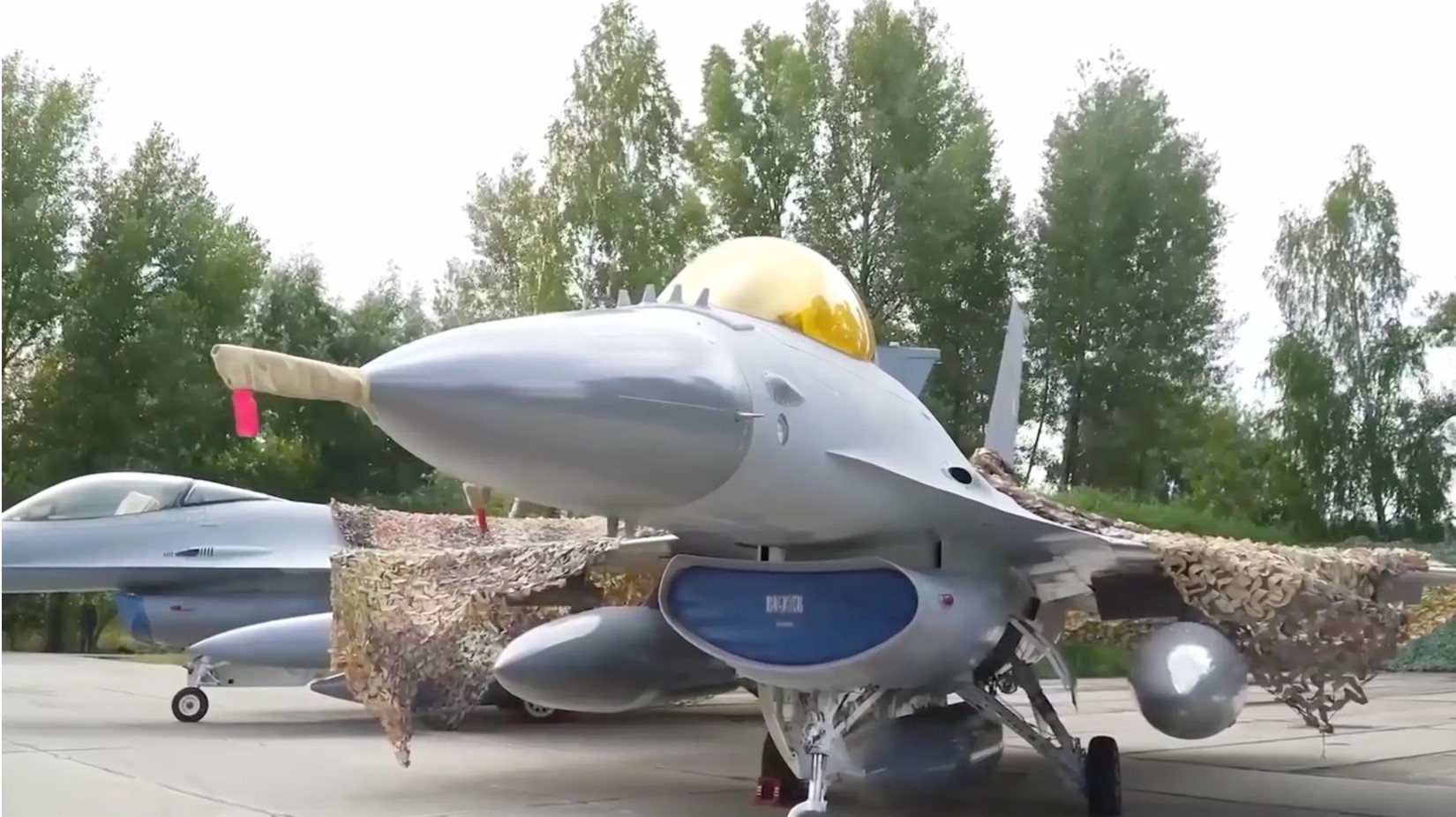
While Zelensky did not specify how many F-16s had arrived, NATO allies pledged to deliver about 80 of them after President Biden finally approved America’s participation in bolstering Ukraine’s Air Force aircraft in May. The new jets will be flown by the first group of Ukraine fighter pilots who graduated from the European F-16 Training Center in The Netherlands. Other NATO nations, including the US, have also volunteered to let additional Ukrainian pilots train on flying F-16s in their country, according to the Wall Street Journal.
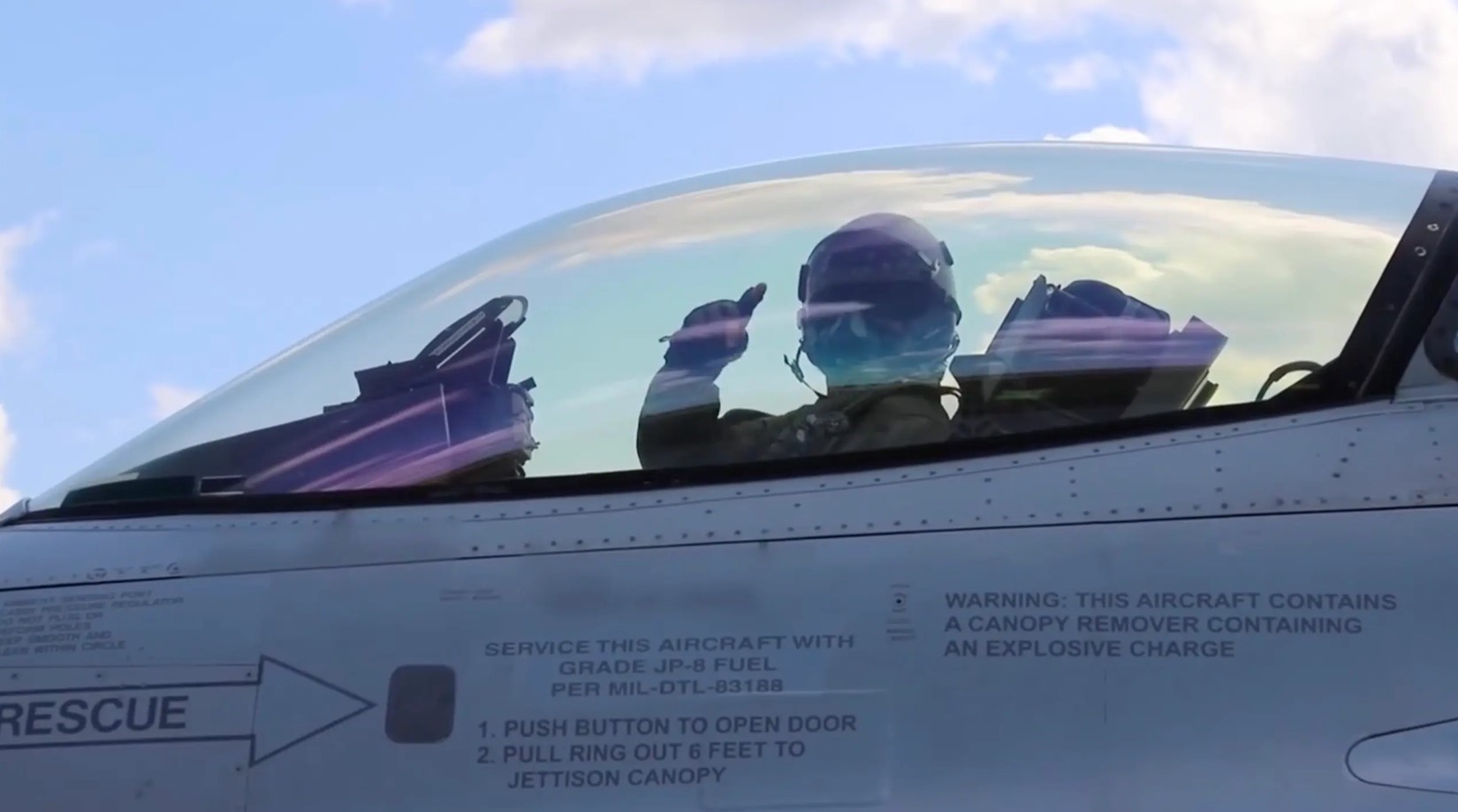
As one commentator grumbled, "it shouldn’t have taken this long. And, as usual, the delivery isn’t just late; it’s insufficient." The number of jets will be “small,” according to a source, & Norwegian Minister of Foreign Affairs Espen Barth Eide warned: “It’s not in itself changing the war.” President Biden stubbornly refused Zelensky’s pleas to send F-16s last year, denying Ukraine badly needed defenses against Russia’s superior air-combat weaponry.
“War is fraught but winnable in Ukraine if the West steps up against Russia,” noted retired U.S. Army General Jack Keane. Putin has a win-at-all costs mentality & continues to throw everything it has into crushing Ukraine, ramping up its own arms industry into a well-oiled war machine while receiving critical support from China & North Korea. While Biden’s timidity is dragging the war out, always dribbling out weapons in small batches, sending just enough to keep Ukraine in the fight, but not enough to land decisive blows. While Ukraine’s army becomes more exhausted & depleted, its infrastructure continues to be destroyed, & its men, women & children die from Putin’s bloody incursion.
UPDATE #1 TO BELOW BLOG – JANUARY 2024:
Ukraine has confirmed its pilot training program is progressing with NATO instructors on flying the F-16 Fighting Falcons as this aircraft has repeatedly been requested by Kiev to fight Putin's Russian aggression.
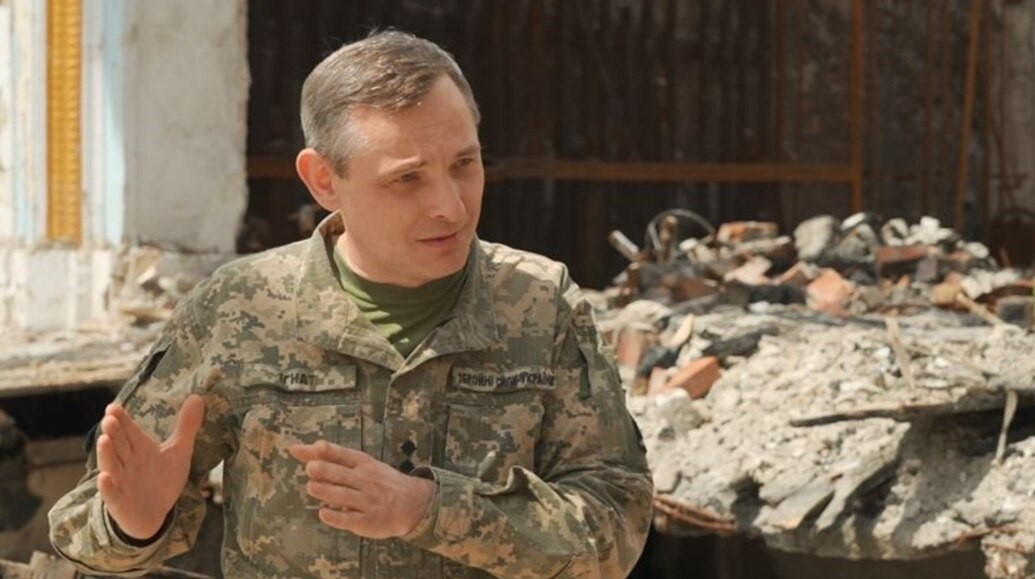
Ukrainian Air Force spokesperson Colonel Yurii Ihnat, Head of the Public Relations Service of the Air Force Command of the Armed Forces of Ukraine, stated on national television that Kiev's allies are "training our pilots very, very confidentially. The process is underway, pilots are already flying in the sky with instructors," he said in January, in part of a "clear plan of action by partners within the framework of our aviation coalition."
That follows comments by Foreign Minister Dmytro Kuleba earlier this year also to local television that the F-16s will be in use later in 2024 & operational preparation for the first air strike by these advanced aircraft in Ukrainian airspace "is proceeding as planned. Pilots, engineers, & infrastructure are being prepared," he added.
In August 2023, the Biden Administration (whos inane resistence to supporting Ukraine with aircraft is lampooned below in the original blog) finally authorized allies to give Kiev the U.S.-made planes, whose more modern avionics, radars & anti-aircraft weapons are an upgrade for the Ukraine's Air Force that has previously relied on unsophisticated Soviet-era MiG & Sukhoi jets.
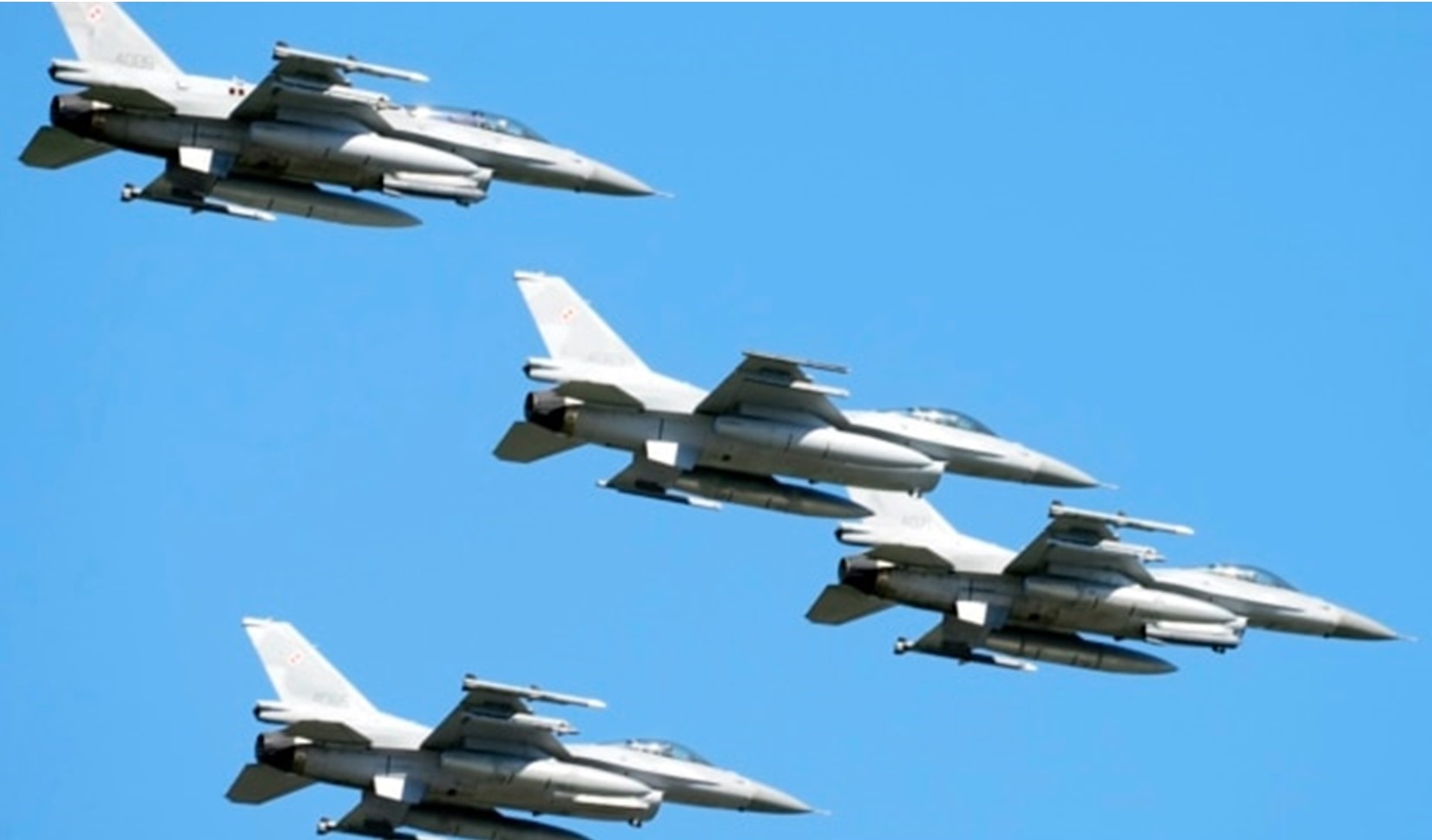
A group of 14 countries has pledged to deliver the aircraft & help with training but there has been uncertainty around their arrival to be integrated in the air war. Denmark said it would donate 19 F-16s to Ukraine, 14 of which were scheduled to arrive this year & the remaining five scheduled for 2025. The Danish Defense Ministry confirmed the first shipment of six Falcons was expected during 2024’s second quarter, a six-month delay from what Ukraine initially expected. Belgium & Norway have also agreed to provide Ukraine with dozens of F-16s for combat against Russian airpower, while the Netherlands will be the largest donor, contributing 42 of the fighter jets.
Last October, Col Ihnat had said that the first F-16 fighters may arrive in Ukraine by spring 2024 & that 150 aircraft would be enough to protect the country's airspace. Col Ihnat had previously said that six advanced pilots were flying F-16s in Denmark & should be ready this spring. On 3 January 2024, two Norwegian F-16 aircraft were sent to Denmark to support pilot training. He did not give anymore details on the status of Ukrainian pilot training but in December, the U.K. Defense Ministry said their first batch of Ukrainian pilots had received basic training before moving for more advanced training in Denmark. The least experienced group is still training in the U.K. and may not be ready until 2025. An intermediate group training in Arizona is expected to graduate later this year, according to a U.S. State Department briefing.
ORIGINAL BLOG:
Historical Horsepower Ignored to get Ukraine the needed MiG-29s:
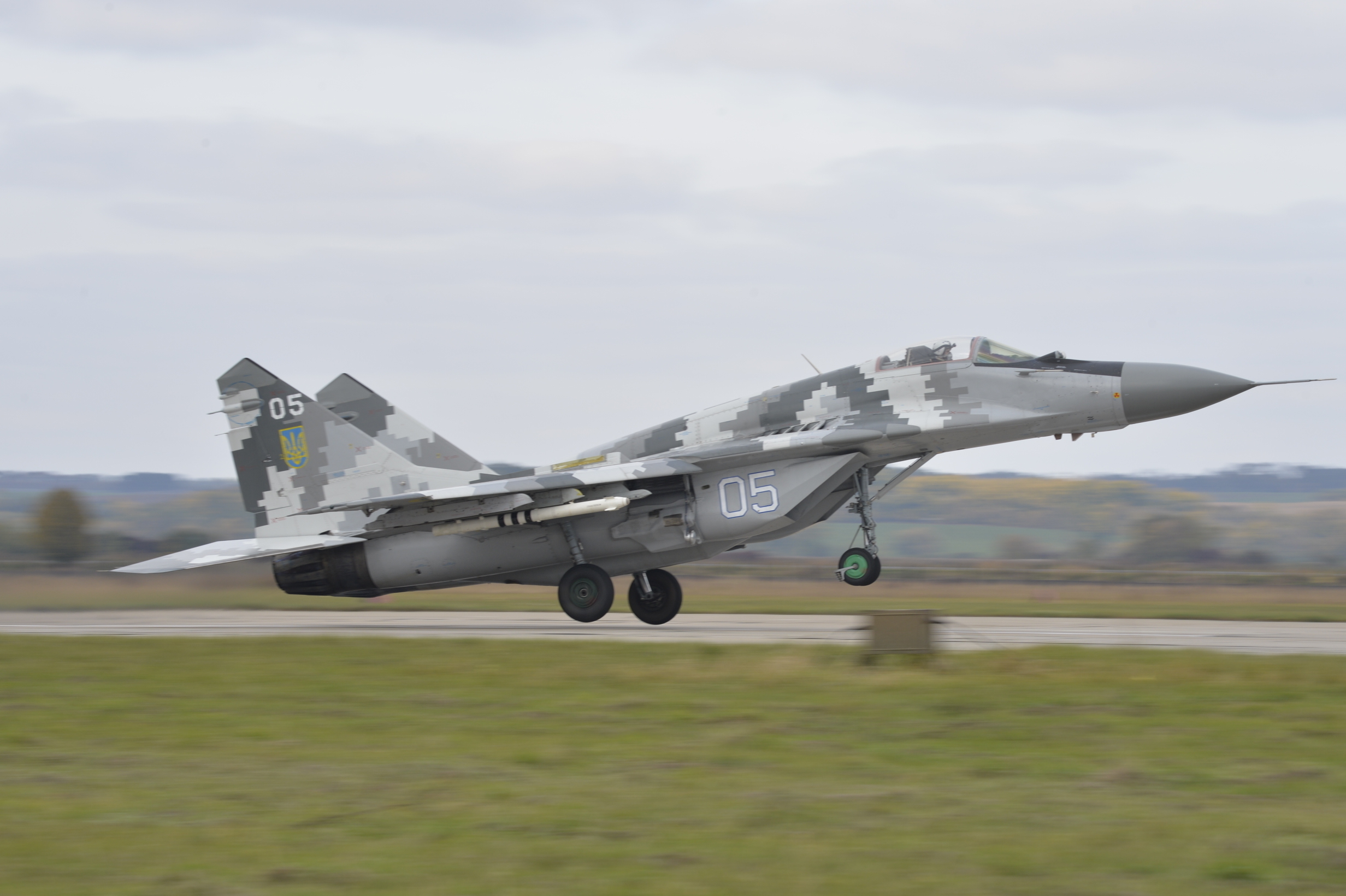
In World War II the Royal Canadian Air Force (RCAF) actually used some horsepower of real horses to help deliver airplanes from the United States (US) to Canada. You would have hoped someone in the Biden White House, Department of State or Defense would have been bright enough to use the subterfuge for moving aircraft rather than the embarrassing kerfuffle that ended with Biden looking weak and helping Putin by denying an ally the crucial MiGs.

Prior to the outbreak of World War II both the British and French Governments had been investigating the possibilities of purchasing armaments from North American Manufactures. A French Air Mission led by M. Jean Monnet in 1938/39, had placed important contracts in the USA for complete aircraft and engines. The British Air Ministry also sent a Purchasing Mission to the USA and Canada in 1938, headed by Sir Henry Self. When WWII began in Europe on 10 September 1939, the RCAF was in the middle of normal flights ferrying North American Harvard IIB and Lockheed Hudson Mk III & IV aircraft North to Canada, and was about to start moving Douglas B-18 (Bolo) Digby Medium Bombers. All of these deliveries were threatened to be terminated by enforcement of the US Neutrality Law which forbade the shipment of arms to belligerent countries which Canada was now categorized by having followed the United Kingdom a week later in declaring war on Germany. Within days, RCAF personnel, in conjunction with sympathetic American authorities, took steps to circumvent these laws.
.jpg)
With the declaration of war in 1939, the US found itself in the embarrassing position of having contracts for weapons particularly hundreds of aircraft to counties at war, such as Britain, France, Belgium and Canada. As a result of the US Government Neutrality Act of 4 November 1939, the delivery of aircraft by US pilots to a belligerent country or the flying of military aircraft within US airspace by citizens (either military or civil) of a belligerent county was banned. Although US pilots could not ferry these aircraft within Canada, the manufacturers were allowed to send mechanics to Canada to carry out repairs or warranty work. The Act did not forbid the shipment of crated aircraft by sea, road or rail, so the flow of aircraft to Europe was not greatly affected.
.jpg)
The Neutrality Act action disrupted the RCAF plans just as aircraft deliveries were starting from the Lockheed, North American and Douglas factories in California. The first 15 Harvard trainers, out of an order for 30, had been delivered by air in September, as were the first 10 Lockheed Hudsons, out of 28 that were part of a British Royal Air Force (RAF) order. Also, the first of 20 Douglas B-18 Digby bombers was about to be delivered in November, 1939.
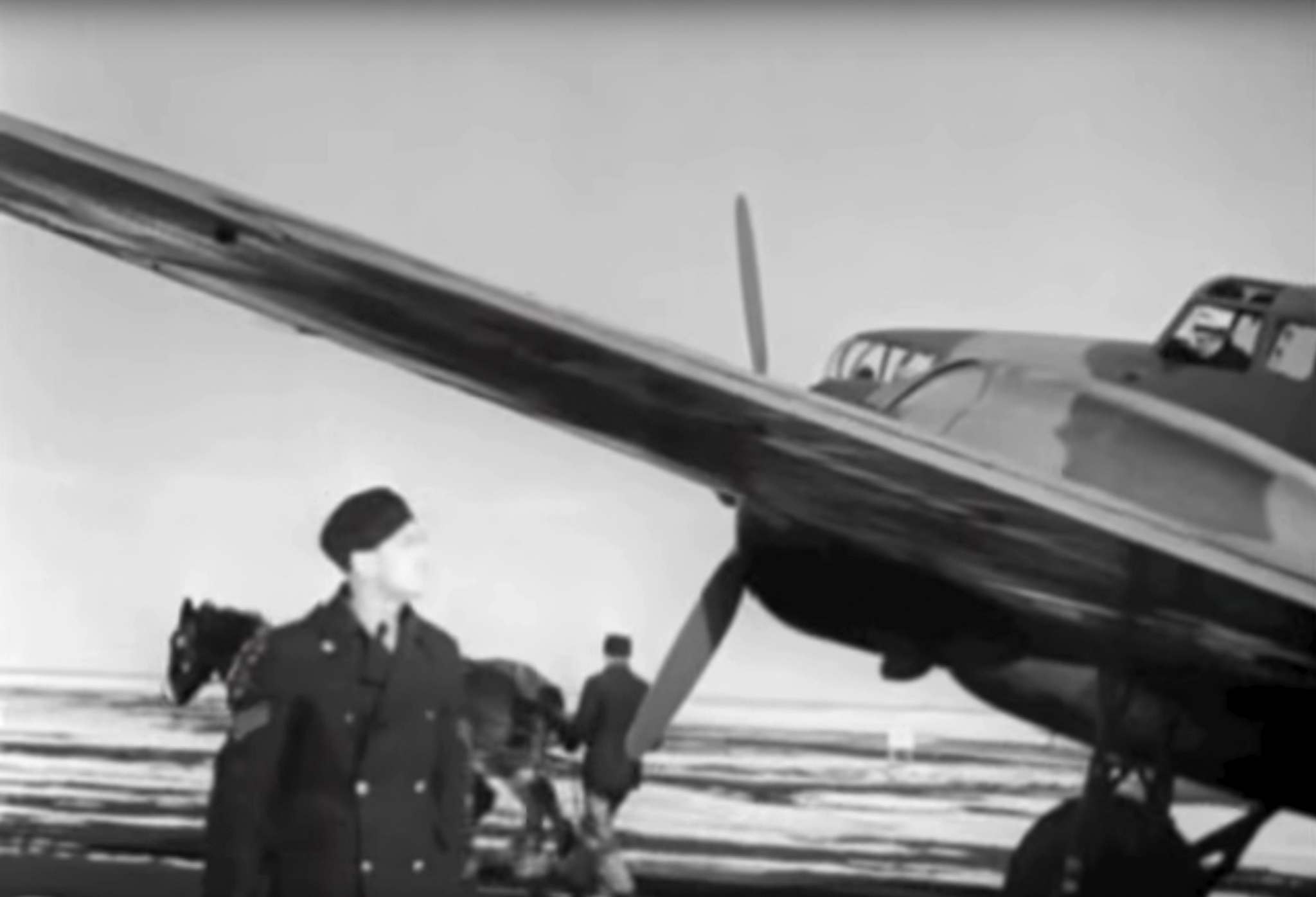
Flying Officer Alf Watts, a RCAF pilot with No. III Composite Army Cooperation Squadron out of Vancouver, was one of the plan’s architects on how to fly the Harvard planes to Coutts where they would now have to be delivered from the North American Aviation Factory in California to Canada in order not to breach the Neutrality Act. Watts admitted in the letter he and an American customs broker from Sweetgrass, MT, came up with the scheme together while sitting in the broker’s car. "No American pilot can fly a machine across the border into the country of a belligerent nation," Watt’s letter states. "The machine, therefore, has to be shipped or towed across the border at the point of delivery, and from that time on, it is in the hands of the receiver, and the Americans will have nothing further to do with it." The letter goes on to say that the plane also must be delivered to a Canadian who is not a member of the fighting forces "on the American side of the border, who accepts it, rolls it across the border, and then turns it over to whomever he pleases.
.jpg)
So, the solution to the problem was to find a pair of suitable landing fields, located a few feet apart on either side of the Canada/US border, to circumvent the law as it stood. Unlike the joint planners & politicians trying to help the Ukraine, the solution was implemented within several days as two pairs of fields were located and the aircraft began to flow again within a week. The first site was at Coutts, Alberta and Sweetgrass, Montana and an RCAF pilot was sent there to set things up to start receiving the Harvards. A second location was arranged near Emerson, Manitoba and Pembina, North Dakota for the bigger bombers. For the East Coast Factories, a third transfer site was chosen at Houlton, Maine and Woodstock, New Brunswick.
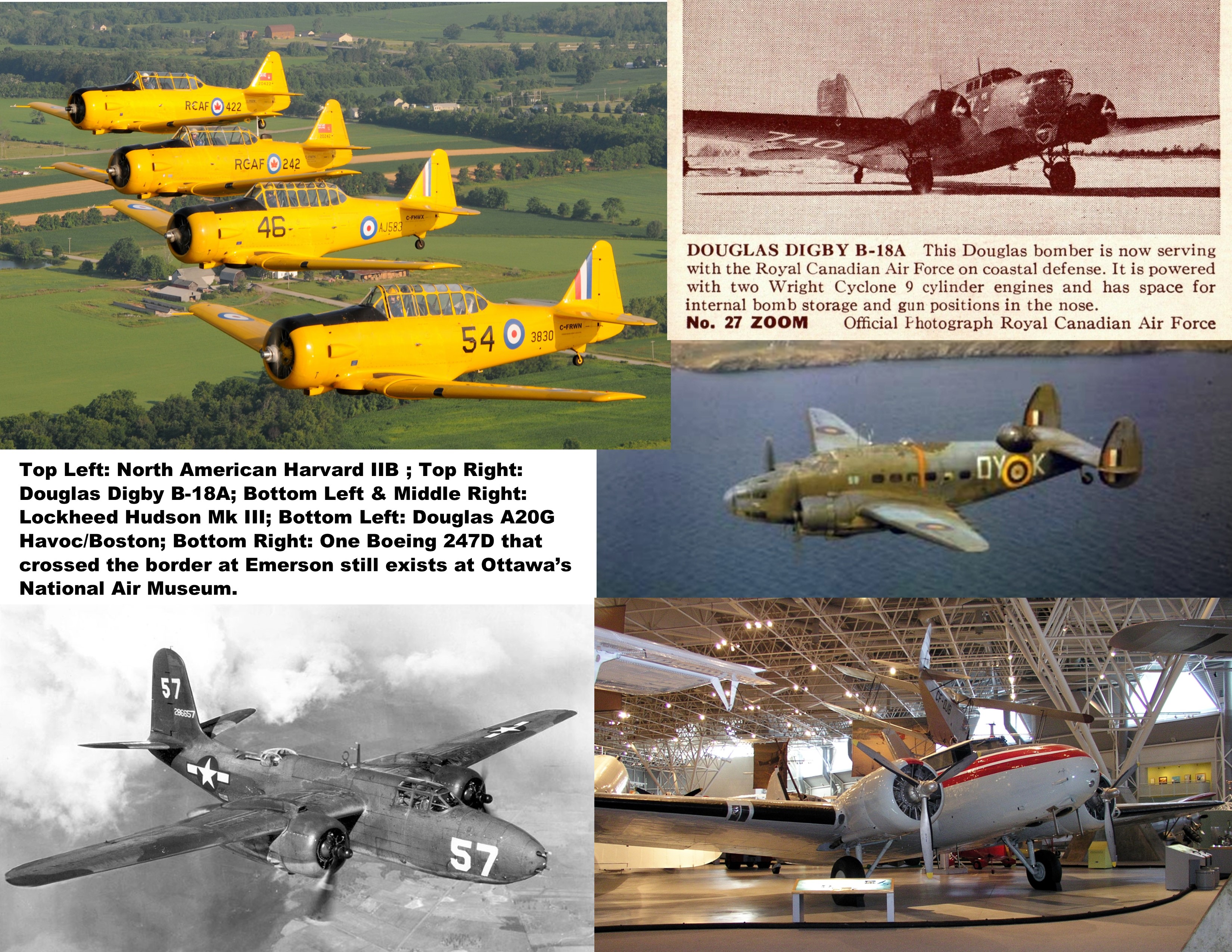
The results of these unique subterfuges allowed the vital flow of aircraft, to continue to the RCAF, RAF and French Air Force. At Coutts, the grade at the border allowed the planes to roll into Canada but at Emerson they would have to be towed across. In the Emerson cases, aircraft were arriving in Canada by means of “horse-power” that had nothing to do with their engines as three draught horse teams were employed to move the aircraft across the border. The local teamster charged $3.00 per aircraft for the use of his horses. In summary, it would appear that 15 Harvards came directly to Canada in September 1939 but 15 more were brought via Sweetgrass/Coutts as were the first four Douglas Digbys.
.jpg)
The Pembina/Emerson route was used for at least 10, and possibly up to 16 of the Douglas Digbys. Also, it appears that the last 18 out of 28 diverted RAF Hudsons came via Emerson between December 1939 and March 1940, with the first 10 were delivered normally in September 1939, before the hassle arose. It is obvious that North American aircraft manufacturers were making regular use of Emerson (three to five aircraft per week.) There were several hundred Inglewood-built Harvard Mk IIs flown to Canada in 1940 and 1941 that also may have come via this route. Finally, at least eight used airliners flew in via Emerson, out of 26 such aircraft.
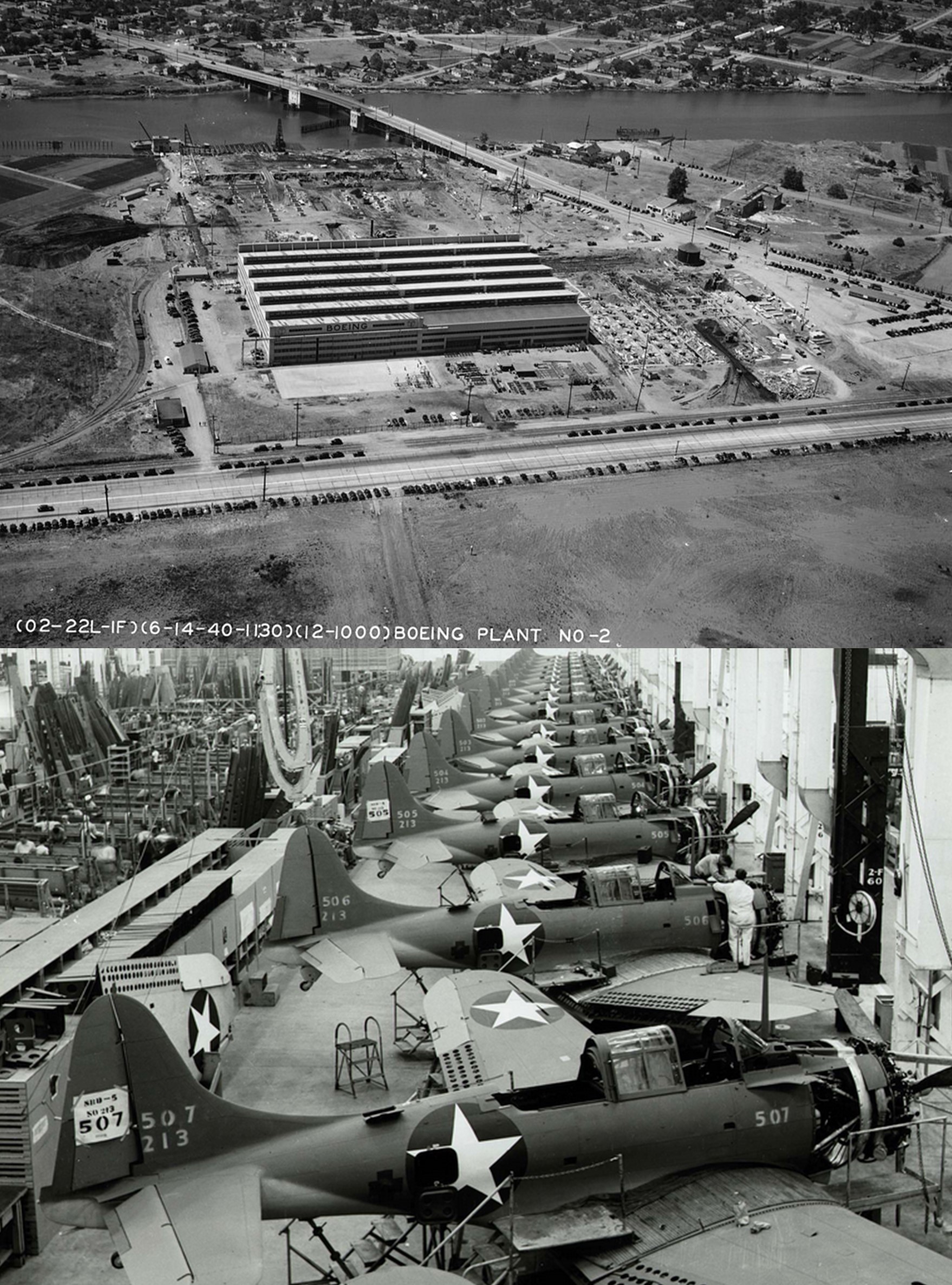
Douglas Aircraft Company records also mention bringing in more planes via Emerson, besides the Digbys. Possibly delivering RAF aircraft, such as Douglas A-20 Havoc/Bostons, a medium bomber, attack aircraft, night intruder, night fighter, and reconnaissance aircraft. At least one aircraft brought across via Emerson still exists, a Boeing 247D at the National Air Museum in Ottawa. Another Boeing 247D was still flying as late as 2016 with the Seattle Museum of Flight and was considered to be the first modern airliner. Its sleek, low-wing, all-metal, retractable-gear, twin-engine design marked the beginning of a new era in air transport as it flew with the Canadian Department of Munitions and RCAF from 1940 to 1941. It’s not clear exactly how many planes were delivered at the Pembina/Emerson crossing.

In the East, the Woodstock site provided aircraft transfer that ended with planes being shipped out via Halifax, which included Curtiss P-36 Hawks (also known as the Curtiss Hawk Model 75, a contemporary of both the Hawker Hurricane and Messerschmitt Bf 109, and a predecessor of the Curtiss P-40 Warhawk), Stinson Model 105 scout/general purpose planes for France and Brewster F2A Buffalos for Belgium, part of an order for 40 fighters. By 15 June 1940, 44 Curtis SBC-4 Helldiver dive bombers had been loaded onto the French aircraft carrier Béarn at Halifax. Five other Helldivers were not loaded onto the carrier, due to lack of space, and were later diverted to the Canadian Fleet Air Arm.
.jpg)
The Béarn was escorted to Halifax by the light cruiser Jeanne d’Arc and a cargo of 194 tons of gold, which was shipped by rail to the US as part of the “Cash & Carry” weapons payments. In addition to the 44 Curtiss dive bombers, a further 52 aircraft were also loaded onto the two French ships—21 Curtiss H-75A-4 Hawks, six Brewster F2A Buffalo fighters (for Belgium) and 25 Stinson Model 105’s. 14 crated planes were loaded on the Jeanne d’Arc.

The two French warships sailed from Halifax on 16 June bound for Brest, France. Two days later, Brest fell into German hands and diverted first to Bordeaux, then to Casablanca, and finally back across the Atlantic to Fort-de-France, Martinique, in the French West Indies in the eastern Caribbean Sea. They arrived on 27 June, five days after France surrendered to the Germans. The SBC-4s and a few of the Belgian Brewsters were unloaded on the island and parked on a field at the Pointe des Sables military annex in the open. Under tropical the island’s climatic conditions, the stored aircraft slowly rusted, without maintenance were no longer airworthy and were eventually scrapped.
.jpg)
The cross-border aircraft delivery scheme effectively ended as quickly as it began when the Americans decided by late-summer 1940 they would now permit having both American and Allied crews aboard the planes and would transfer ownership and control while in midair, allowing them to takeoff in the US and land at Canadian airports. Finally, when Imperial Japanese Naval Forces attacked Pearl Harbor on 7 December 1941 and the US declared war, there was no longer any need for subterfuge.
.jpg)
The plane transfer in film: “A Yank in the RAF” (1941) was some Hollywood wartime propaganda that played loose with the facts but did cover the aircraft transfers at the border. The film begins with US North American Harvard trainers arriving very near the US-Canada border at the Emerson, Manitoba crossing, to show the efforts taken to complying with provisions of the Neutrality Acts prohibiting aid to combatants but still getting the Allies the weapons, they had purchased.

The depiction of Royal Canadian Mounted Police and RCAF officials meeting the aircraft as they were towed across the border is a bit more of Hollywood license, but the incident is mainly accurate, although aircraft were usually towed by a team of horses rather than the motor vehicles shown (Maple Leaf Garage tow truck.) The other howler are the mountains of Manitoba in the background, as there aren’t any around Emerson and Pembina as Manitoba and North Dakota are pool-table flat in all directions.
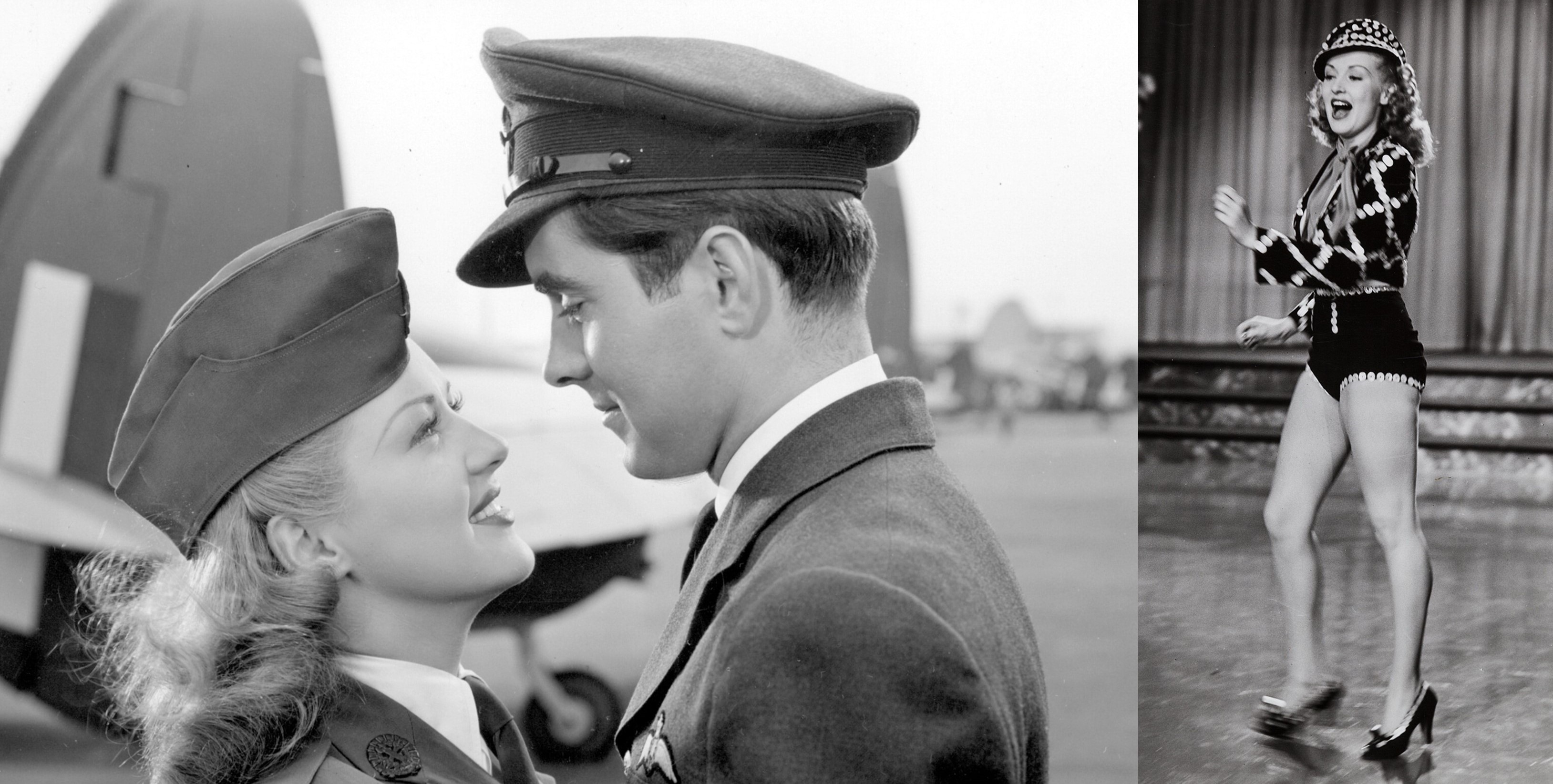
The plane transfer is often glossed over as soon as Betty Grable dances and is romanced by Tyrone Powers.
.jpg)
The whole plan is distilled down to one phone call: “Darkest Hour” (2017) In this film, we see British Prime Minister Winston Churchill who is a world leader who has the backbone to stand up to a country grabbing tyrant in WWII. In a Hollywoodization of multiple efforts the one call between a desperate Churchill and FDR opens the door for the airplane transfers.
https://www.youtube.com/watch?v=Wo4U1SqnRpA
.jpg)
Until President Zelenskyy spoke to Congress & an out-of-the-blue Actor/Governor Arnold Schwarzenegger video we have had very few leaders that could inspire people since President Ronald Reagan left office. In our current era of lazy politicians who can barely read their teleprompter words from uninspired speech writers, Churchill who like another Englishmen, William Shakespeare when he put words to paper and they were spoken out loud, everything changed! In three speeches over the course of a month with Britain on the ropes, Churchill turned around the defeatist public opinion and gave the British people from Lords on down the courage to fight. Dialogue from the film:
Lord Halifax: “We’re facing certain defeat on land, the annihilation of our army (at Dunkirk) and imminent invasion. We must negotiate peace talks.”
Winston Churchill: “When will the lesson be learned? You cannot reason with a tiger when your head is in its mouth!”
My history professor made us listen to Churchill’s speeches and the film’s versions provide a master class in communication for any leader who wants to move the masses to action. The movie, “Darkest Hour”, reminds us that through their words, dynamic political leaders can inspire people to do great things. One of the smartest lines in the movie captures Churchill’s greatness: “He mobilized the English language and sent it into battle.”

The film stars the brilliant Gary Oldham who won the Academy Award in 2018 for his performance. He makes you believe in all of Churchill’s foibles, doubts and courage. It rivals his portrayal of the ruthless psychotic DEA Agent Norman Stansfield, whom he played in The Professional (now renamed Léon: The Professional) (1994), that stands up as one of cinema's best villains.

I enjoyed the interplay between Churchill and his private secretary. Lily James does a fine job and it was probably more challenging than her role as Pam Anderson from “Baywatch” but I enjoyed both efforts.
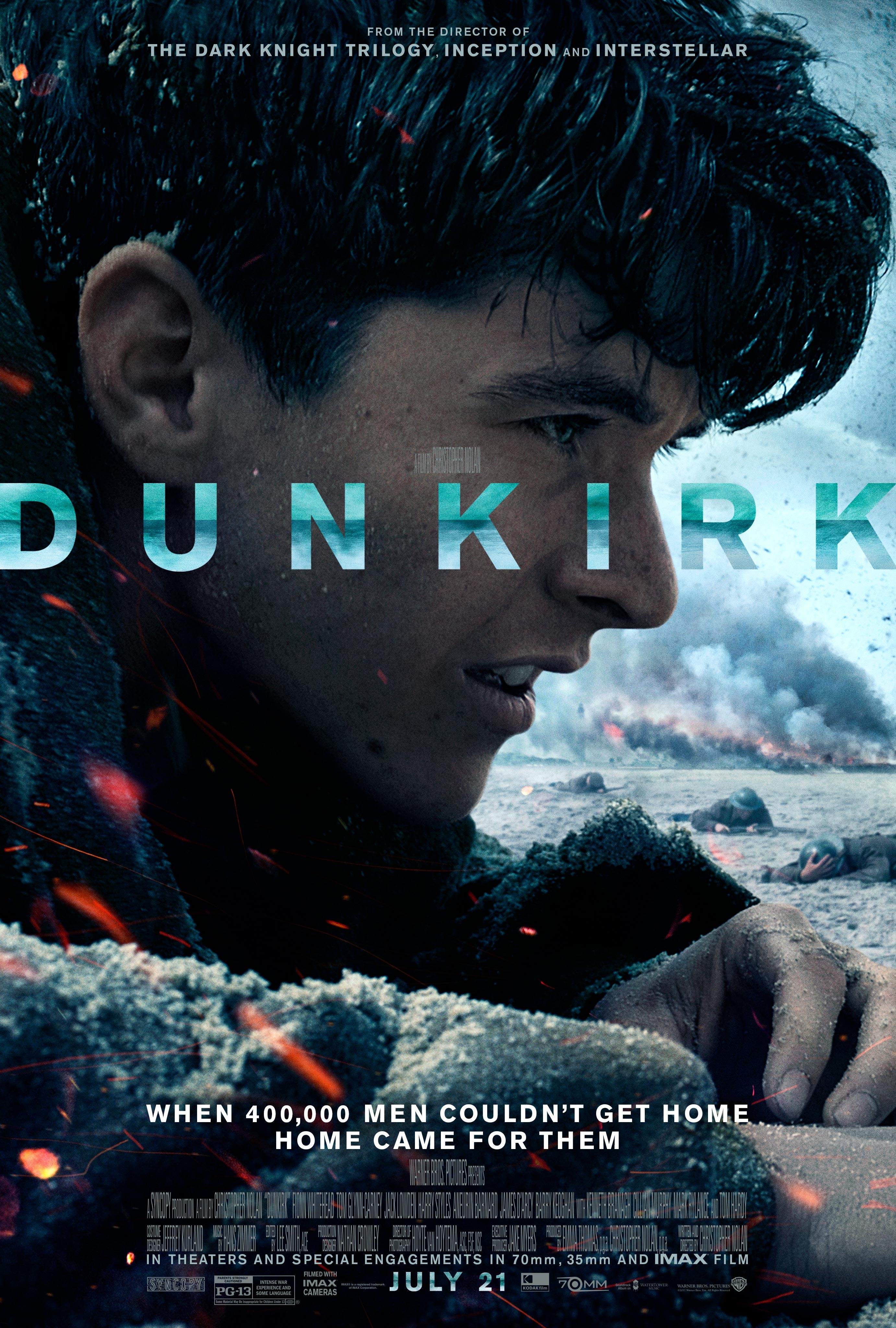
MHT highly recommends “Darkest Hour” be seen with “Dunkirk” (2017) as they are time-frame compatible and gives the viewer the knife-blade thin historical lifeline that Europe faced against Hitler’s Reich.
.jpg)
“Dunkirk” Director Christopher Nolan’s suspenseful film (in MHT’s opinion should have won the Academy Award for Best Picture) wanted to find a way to tell the story as he relates, “Without over-sentimentalizing or treating it with unnecessary artifice or theatricality, because it’s a real story. It’s the first time I’ve told a real story about real people’s lives and deaths and I felt a great responsibility to that.” So, he came up with a form of narrative that was “devoted to a subjective experience.” It runs the storytelling in intertwined events from land, sea and air. The “And then as I looked at the different aspects of the event that I needed to portray, I realized that they would have to run on different time scales. It was a response to trying to give the audience different points of view, different perspectives on the event so they had an understanding of the bigger events without ever leaving a subjective mode of storytelling.”

It is the story not the actors, as the biggest current star Tom Hardy wears an oxygen mast as a RAF Spitfire pilot almost the entire film. In a nod to RAF film trivia Michael Caine was cast in a spoken-only cameo role as the Spitfire Squadron Leader in a nod to his role as RAF Squadron Leader Canfield in the “Battle of Britain” (1969) that MHT has reviewed.
The lack of secrecy, coordination and creativity of moving the Mig-29s was matched in one example from the 1940 airplane transfers. The US Army Air Force (USAAC) sent seven US Master Sergeants to Halifax to dismantle and crate Curtiss P-36 aircraft for shipment to France on the cruisier Jeanne d’Arc. They were the Curtiss Hawks that ended up rotting in the Caribbean. The seven sergeants stayed for four nights at $1.00 a night at Mrs. Mahoney’s boarding house. Everybody, including the RCAF, British Purchasing Commission, French Air Commission, Curtiss-Wright and the USAAC tried to pass this $28.00 board and lodging bill to some other country or agency. The bill was finally settled nearly a year later when the seven USAAC Master Sergeants each agreed to pay $4.00 out of their own pockets. Some of the correspondence over the $28.00 is so infantile and petty that it rivals the pass-the-buck finger pointing on the MiGs…it begs the questions aren’t there any horses for rent in Ukraine or Poland?
(I'll answer the question both countries have long proud cavalry traditions.
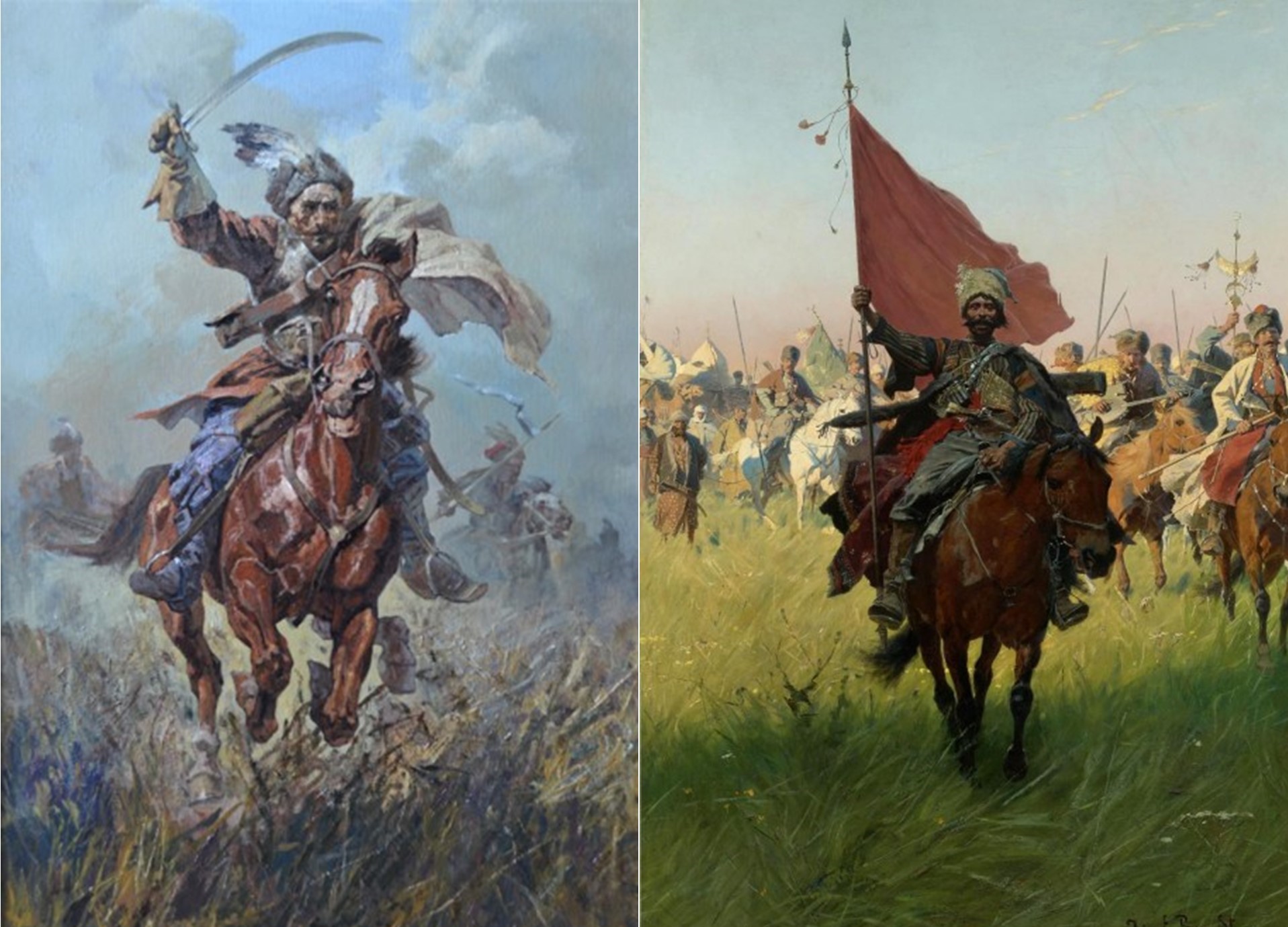
In the 15th century a new martial society of excellent horsemen, the Cossacks began to evolve in Ukraine’s southern steppe frontier. Their numbers were continually augmented by peasants fleeing Russian serfdom and adventurers from other social strata, including the nobility. Banding together for mutual protection, the Cossacks by the mid-16th century had developed a military organization of a peculiarly democratic kind. The Zaporozhian Sich is considered as one of the first democratic unities in the world. The Ukrainian Cossacks made all decisions related to their life and activities via public meeting with voting. A general assembly (Rada) as the supreme authority and elected officers, including the Commander in Chief known as the Hetman. Their capital was the Sich, an armed camp in the lands of the lower Dnieper, Catherine the Great was the Russian Czar who abolished the independent Cossack Sichs but not the cavalry traditions.

The Polish Hussars (known as the winged hussars) were a heavy cavalry formation active in Poland and in the Polish–Lithuanian Commonwealth from 1503 to 1702. Their epithet is derived from large rear wings, which were intended to demoralize the enemy during charge. The hussars ranked as the elite of Polish cavalry until their official disbanding in 1776. The hussar dress was ostentatious and comprised plated body armor adorned by gold ornaments, a burgonet (lobster-tailed pot helmet) and jackboots as well as versatile weaponry such as lances, koncerz sabers, backswords, pistols, maces and hatchets. It was customary to maintain a red-and-white color scheme, and to be girded with tanned animal hide. The wings were traditionally assembled from the feathers of raptors, and the angel-like frame was fastened onto the armor or saddle. The Uhlans who followed were famed Polish Napoleonic-Era light cavalry armed with lances, sabers and pistols, which gave them enough power while maintaining versatility and maneuverability. In addition, the Uhlans, introduced a new uniform style composed of a colorful jacket with a colored panel in the front, dark trousers with bright stripes on the sides and a high, pointed cap called a czapka.)
